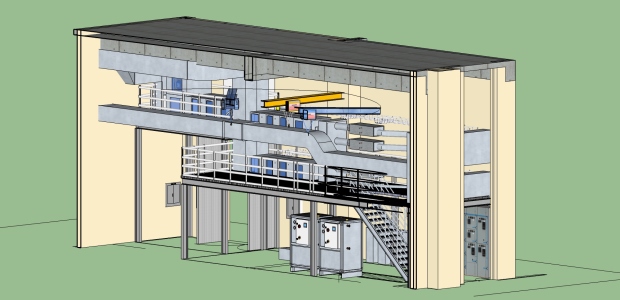
Smart Software Project Aims to Cut Buildings' Voracious Energy Appetite
The National Institute of Standards and Technology is converting one of its laboratories into a small office building to try out smart software technologies that will be designed to reduce energy use in commercial buildings.
The National Institute of Standards and Technology is converting one of its laboratories into a small office building to try out smart software technologies that will be designed to reduce energy use in commercial buildings, the agency’s Mark Bello recently reported.
He reported that commercial buildings account for a growing share of U.S. energy use, approximately 19 percent of the total and one-third of electric power consumption, and that heating, cooling, lighting, and powering plug-in equipment consumes more than 80 percent of this total energy use. This project by the federal agency, which is a unit of the Department of Commerce, will explore ways to use existing equipment more efficiently by more intelligently coordinating its use. The office building that is being built in a 1,000-square-foot modular lab space "will investigate whether artificial intelligence tools already used in search engines, robots, routing and scheduling programs, and other technologies can work cooperatively to optimize building performance—from minimizing energy use to maximizing comfort to ensuring safety and security," he reported in a post on the agency's website.
"Adapting intelligent agent technologies from other fields offers the promise of significant improvements in building operations," said Amanda Pertzborn, a mechanical engineer working in NIST's Embedded Intelligence in Buildings Program. "The idea is a kind of 'one for all approach'—use networked intelligent agents to manage and control devices and equipment subsystems to enhance the overall performance of a building, rather than to optimize the operation of each component independently of all the others."
Bello reported that the "building" will allow prototypes to be tested on the most energy-intensive operations: HVAC systems, which account for about 7 percent of total U.S. energy consumption.